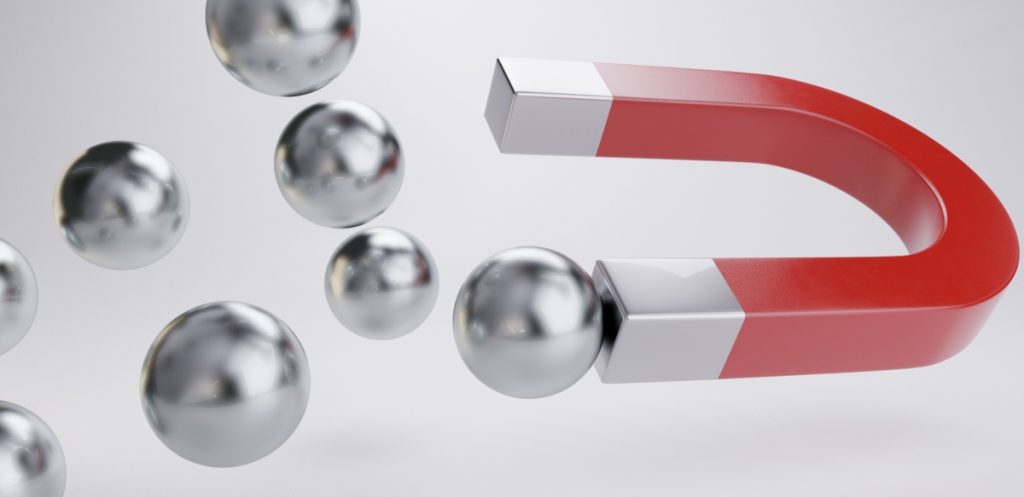Europe’s debut into large-scale rare-earth magnet manufacturing via the newly opened plant in Narva, Estonia, is a bold signal. Backed by EU funds and Canadian Export Credit Agency loans, this facility represents a strategic effort to break China’s long-standing stranglehold on critical magnet supply chains. But as promising as that may seem, the road to genuine independence is full of obstacles such as scaling capacity, sourcing raw materials, environmental trade-offs and sustaining momentum beyond one landmark plant.
The ambition behind the move
At its heart, Europe’s magnet factory is being presented as something more than industrial prestige – sovereignty. Permanent magnets made from rare earth elements (such as neodymium) are indispensable in electric-vehicle motors and wind turbines. Yet, Europe currently relies on China for roughly 85-90 percent of its magnet supply.
Recognising this vulnerability, the EU tapped into its ‘Just Transition Fund’, contributing roughly €14-18 million to the €75 million project. The remaining capital was raised privately through the Canadian Export Credit Agency (estimated circa €45 million). Neo Performance Materials, a Canadian firm, now operates the plant, initially producing about 2,000 tonnes of magnets per year, with ambitions to scale to 5,000 tonnes. According to Neo, that output could serve over a million EVs or more than a thousand offshore wind turbines annually.
Will scaling actually make a dent?
However, all the excitement will have to face cold reality. Even at full projected capacity, the Narva plant only scratches the surface of Europe’s long-term demand. Neo’s CEO, Rahim Suleman, has admitted that completely eliminating reliance on China is unrealistic.
European demand for permanent magnets is, in some quarters, expected to almost triple over the next decade, jumping from roughly 22,000 tonnes to 60,000 tonnes. Even if the plant reaches 5,000 tonnes, it would only account for a fraction of that need.
Moreover, Neo relies on imported rare-earth powders from Australia, Malaysia and Brazil to feed its Estonian factory. While having production inside the EU does give more control, it does not provide raw-material self-sufficiency. This means Europe remains exposed to geopolitical risks and market swings outside its borders.
Financial incentives and geopolitical strategy
While the EU’s financial backing does show a strategic commitment, it also raises questions about ambition versus scale. Although €14 to18 million grants are politically significant, they pale in comparison to the tens or hundreds of millions needed to build a fully integrated, vertically independent supply chain. Indeed, analysts note Europe’s subsidy strategy lags way behind the aggressive support seen in the US, which has poured far more into critical-minerals infrastructure.
Although the Estonian plant does help operationalise the EU’s Critical Raw Materials Act, which came into force in mid-2024 to reduce strategic dependencies, it is just a drop in the ocean at this stage. By investing in midstream capacity for magnet production, Europe is facing an uphill battle as it tries to address just one of the most vulnerable chokepoints in the supply chain.
Environmental trade-offs and resource constraints
Building a rare-earth plant of any kind is not merely a geopolitical manoeuvre, it also has environmental and resource implications. Extracting and refining rare-earth elements is notoriously energy-intensive and can carry significant ecological costs – something that will not sit well with all the EU members – and, even though Europe will demand higher environmental standards than those imposed on low-cost Chinese producers, the local footprint of mining, refining and waste handling will be a political concern.
Moreover, Europe does not currently have large-scale rare-earth mining capacity. Most raw material input still comes from third countries. That means the sustainability of this “local-for-local” model depends heavily on how raw materials are sourced, and whether future expansions will integrate recycling or new mining in Europe. Without that, the plant risks becoming a glorified assembly point rather than a truly sovereign, sustainable node.
Scaling beyond one plant: the long game
Narva may be Europe’s first serious foray into magnet production, but if the EU is to wean itself off Chinese dominance in any meaningful way, it cannot be the last. It needs a systemic push that includes more plants, more separation and refining capacity (and ideally) domestic mining or robust recycling. However, scaling them will require far more investment and far more political will, at a time when governments are beginning to feel real public pressure to cut spending – especially in high-cost green subsidy programs (think the EV market).
Further, while Neo’s initial offtake partners like Bosch and Schaeffler are encouraging, long-term viability will hinge on a steady demand curve and competitive costs. Current magnet production in Europe carries a “cost premium” relative to Chinese-made magnets. For Europe to compete, customers must accept that premium or subsidies must bridge the gap. Again, subsidies are likely to be met with greater public resistance.
Conclusion
Europe’s opening of its first large-scale rare-earth magnet plant in Estonia is historic, as a tangible and symbolic step toward reducing dependence on China and is a rare concrete win in the EU’s strategic materials agenda. But this victory is not sufficient in itself.
Real strategic autonomy will require more than one factory. Indeed, it will demand a full ecosystem of mining, refining, manufacturing and recycling within Europe or in trusted partner countries. It will need sustained public and private investment, regulatory clarity, and a willingness to absorb higher costs, at least in the near term.
In short, Estonia’s plant is a critical first piece, but without a broader, integrated strategy, Europe risks building a magnet factory, not a magnet industry. The challenge now is to scale ambition at the same pace as demand, and to do so in a way that is economically viable, environmentally responsible and with general public buy-in.
To download a copy of this article, please click here.

